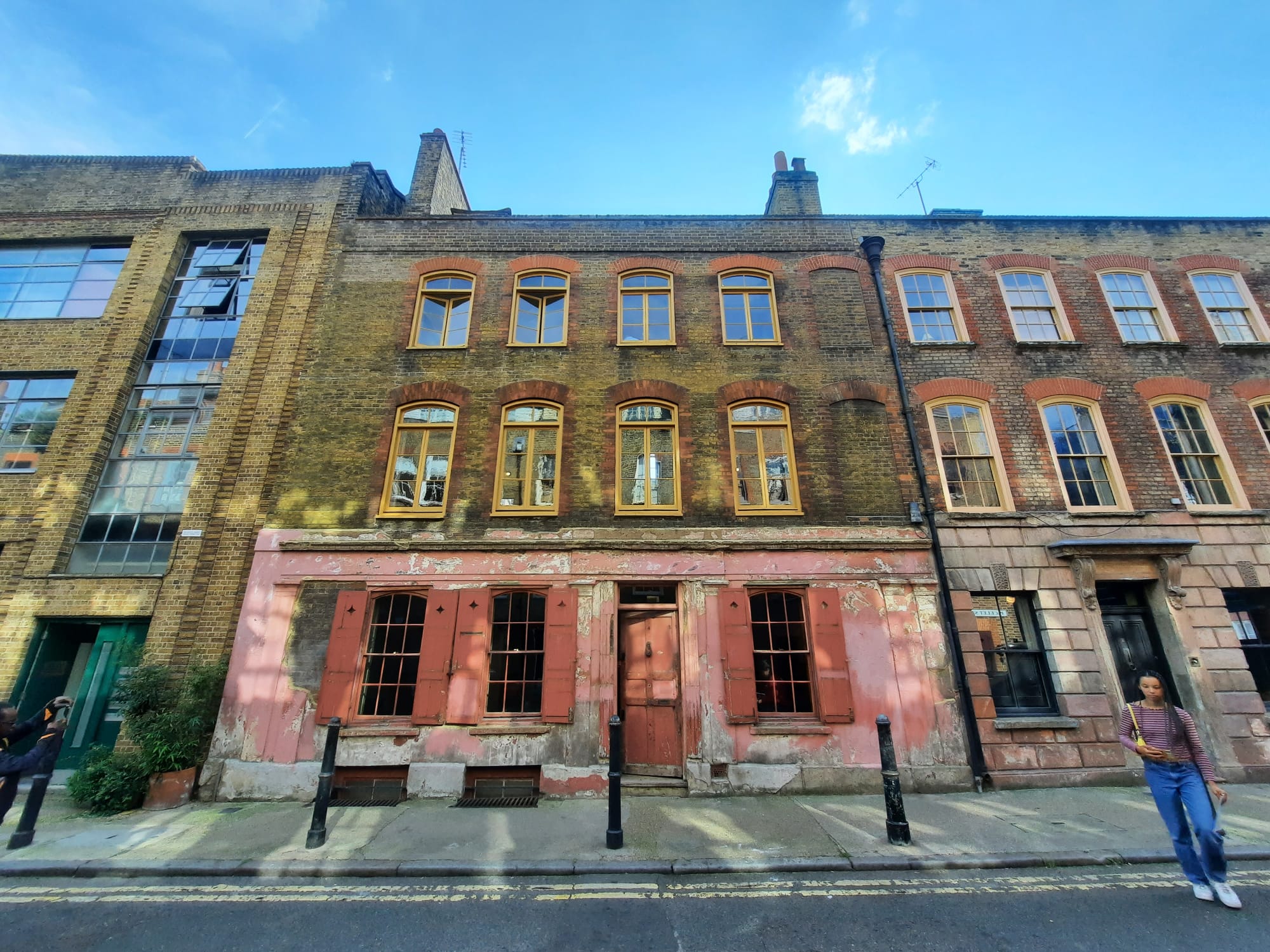Christo: Early Works – Gagosian @ 4 Princelet Street, London
A two-for-one experience in historic Spitalfields: visitors get to see the early development of Christo’s later monumental art, and explore a unique Georgian house.
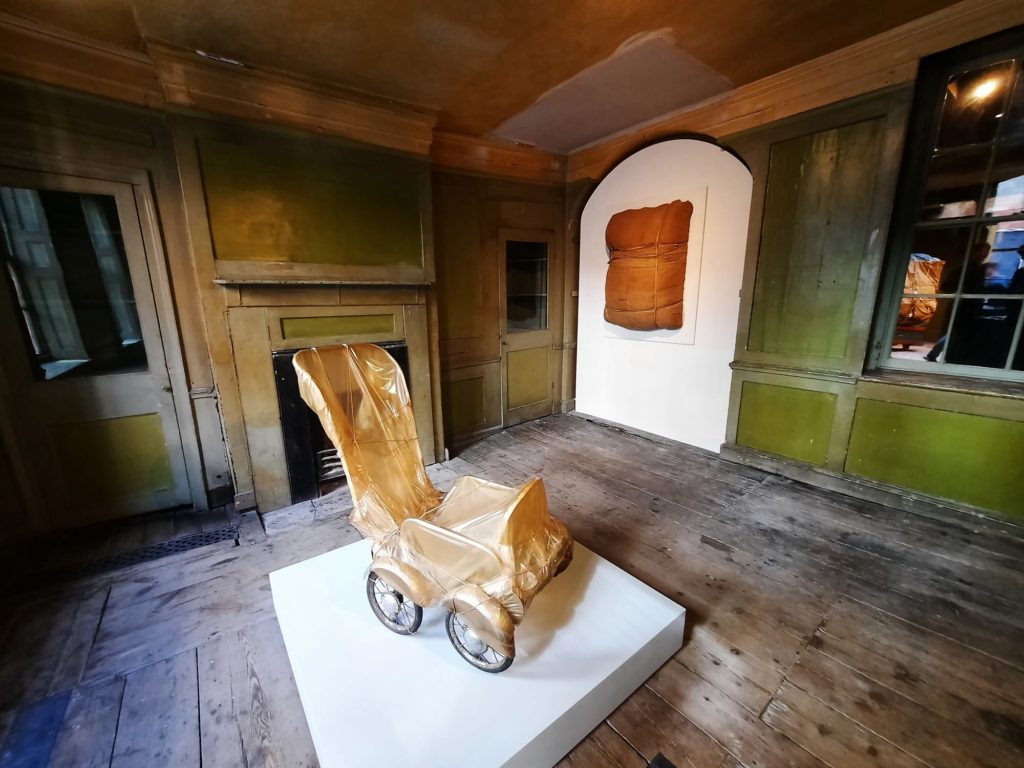
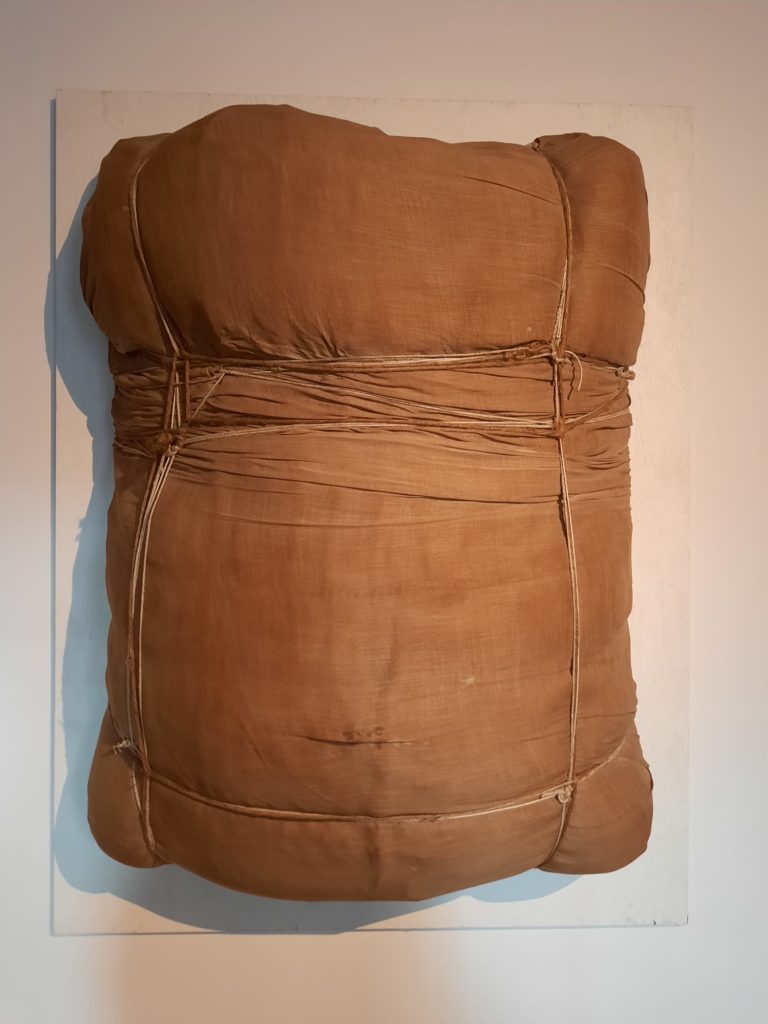
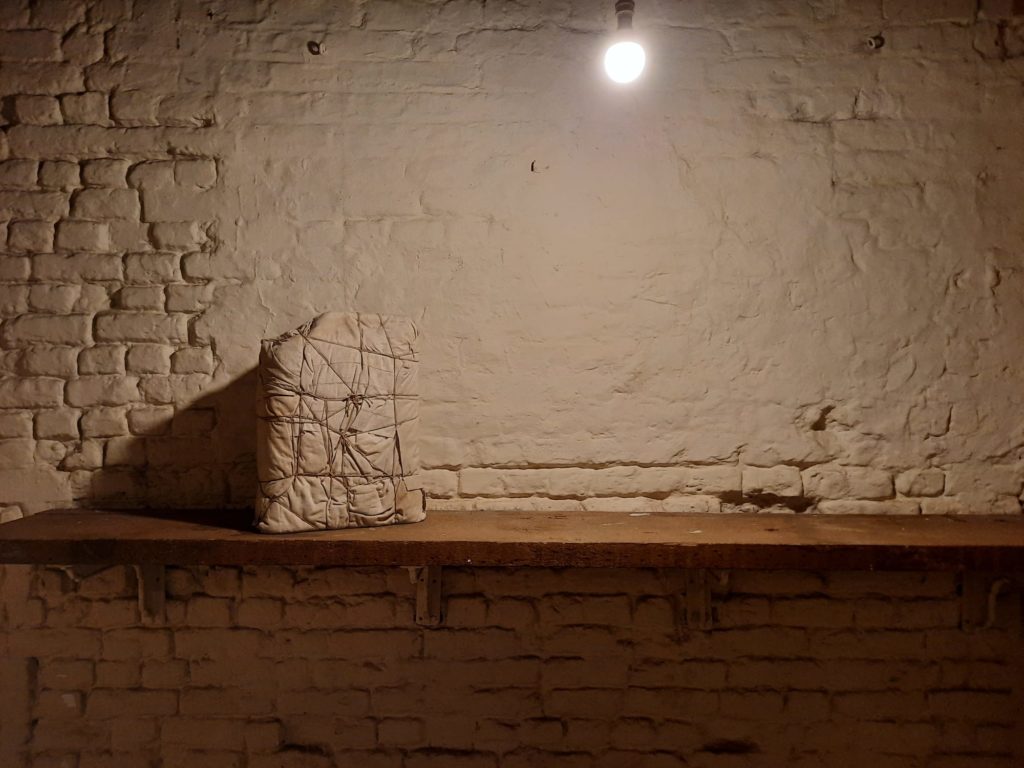
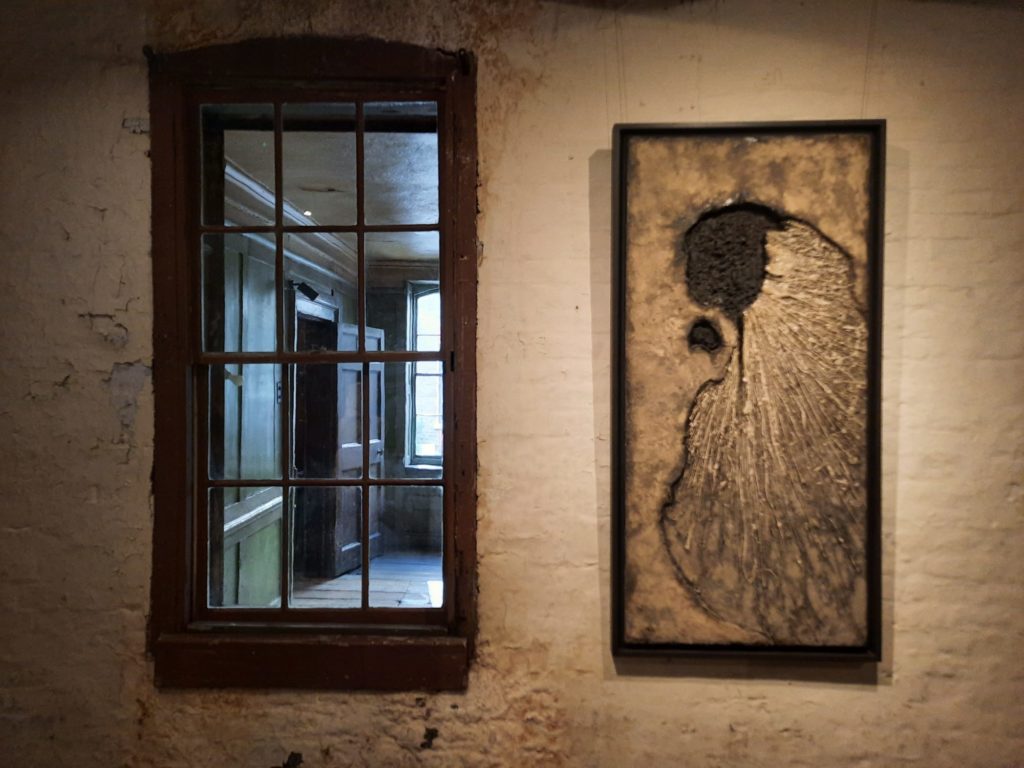
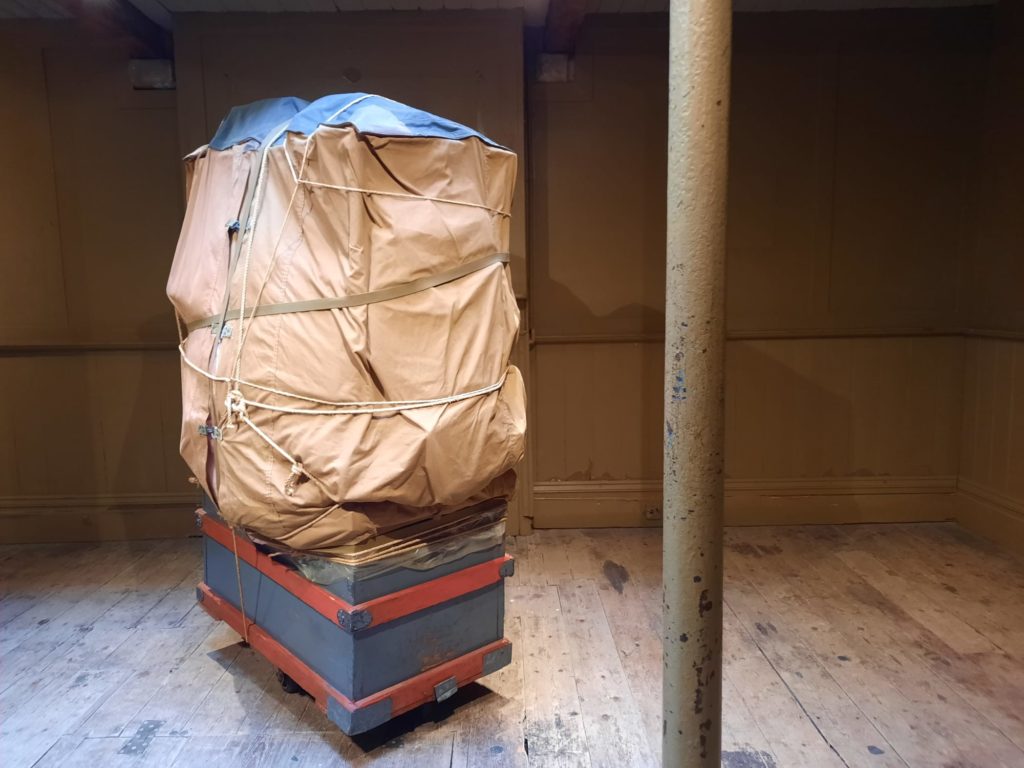
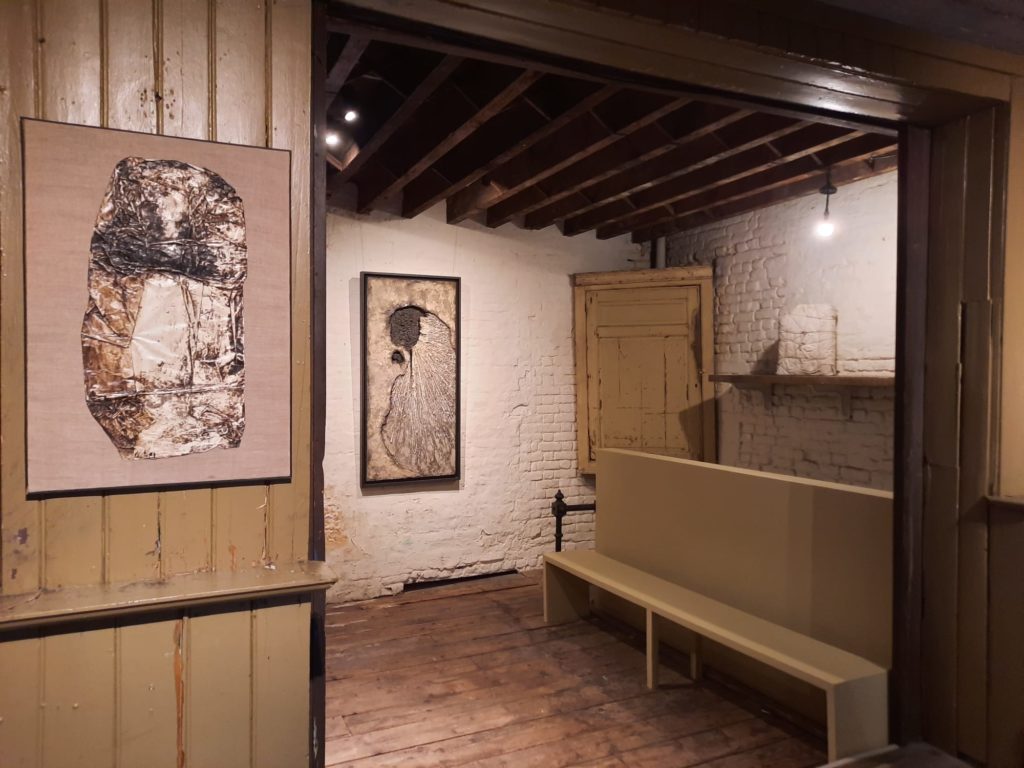
Gagosian Open
Christo: Early Works is the first in a new series of exhibitions by the Gagosian Gallery. Gagosian Open will see the network of galleries displaying artworks in unusual contexts. For this first excursion, curator Elena Geuna has placed early works by Christo into a remarkable historic house in Spitalfields. 4 Princelet Street is an exceptional backdrop, but also draws out themes of migration and transformation.
I will be honest: I was here as much for the site as for the art. I’m familiar with Christo’s art, or more specifically his later collaborations with his wife Jeanne-Claude: the Pont Neuf, Wrapped and all that. But seeing an art exhibition take over such an unusual space seemed too good to miss. So I dutifully trotted down to Spitalfields to check it out.
This isn’t the only remarkable house you can see in Spitalfields. This is an area of changing fortunes over the years. Some decades ago, a number of creative people took an interest in the historic, rather dilapidated (at that time) homes near Spitalfields Market. Gilbert & George still live around here, and Dennis Severs created his eclectic live-in artwork not far away in Folgate Street. There’s also a migration museum somewhere around, and the House of Annetta is a more recent addition to the cultural landscape. But with most Spitalfields homes now chic and expensive, 4 Princelet Street feels unique. It is conserved rather than restored: decay arrested but photogenically shabby. Everywhere you look there are original features offering clues to how people lived here. For those who rent it from owners the Truman Brewery (the first resident here was Sir Benjamin Truman) it must make for very special events indeed.
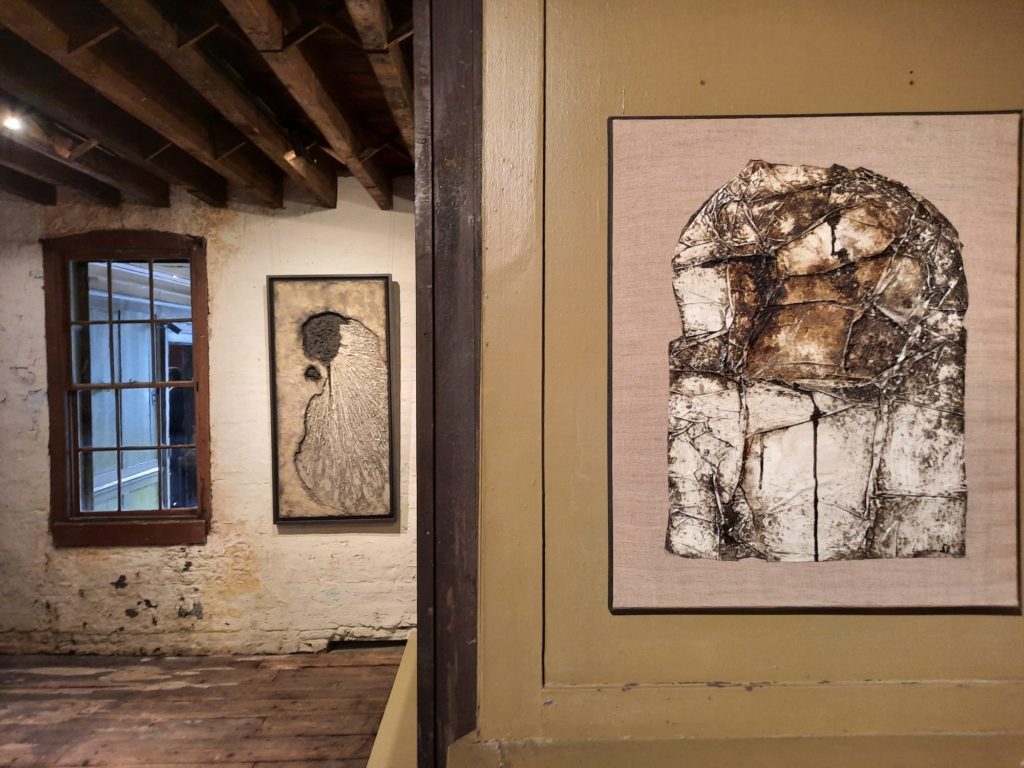
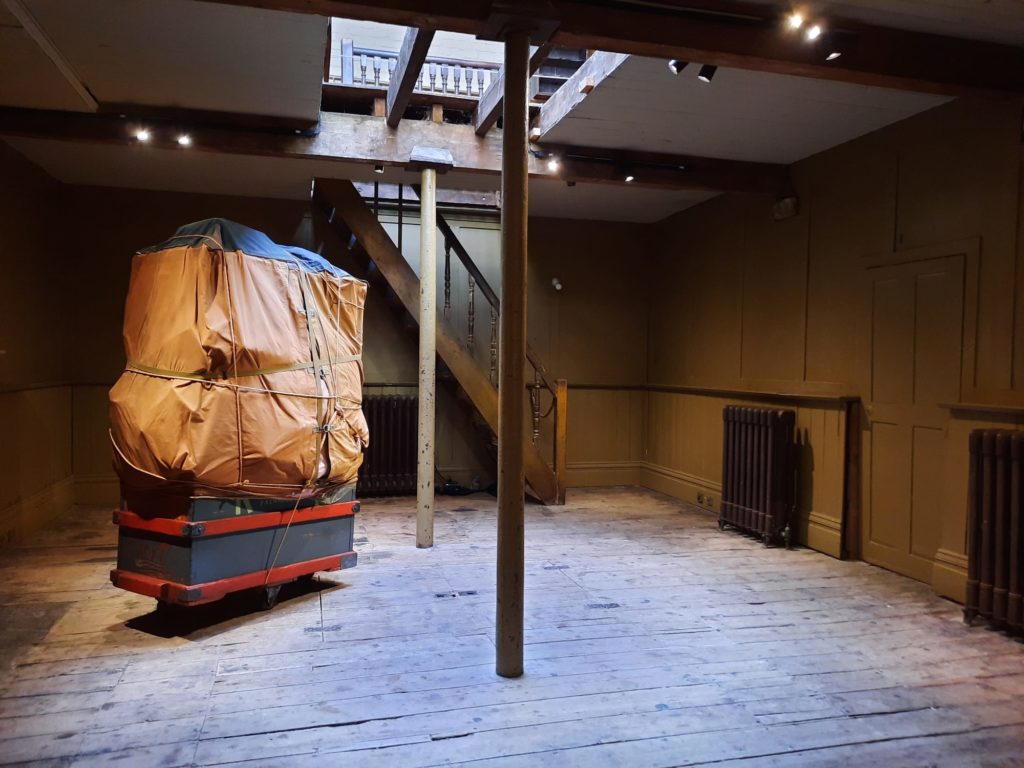
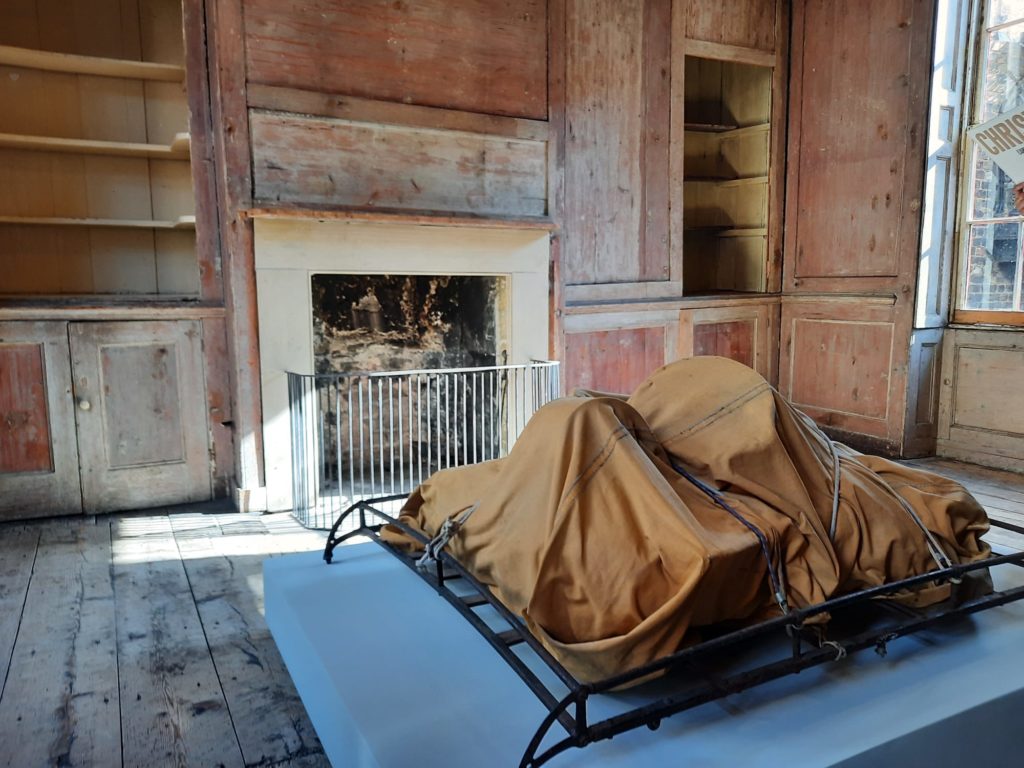
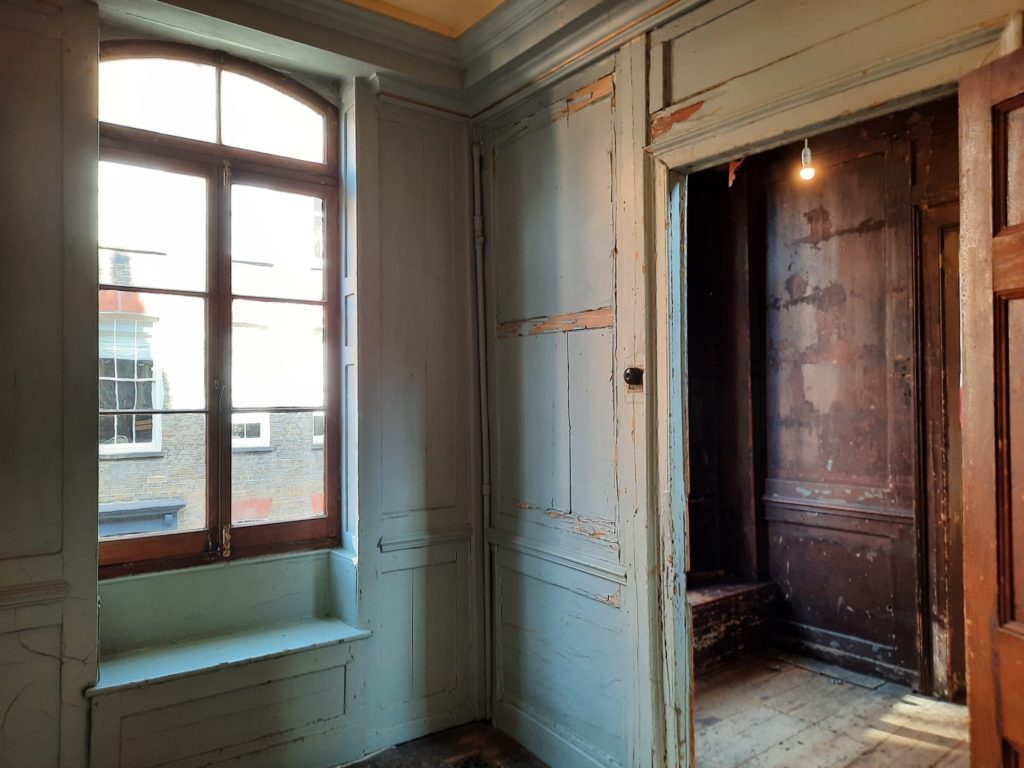
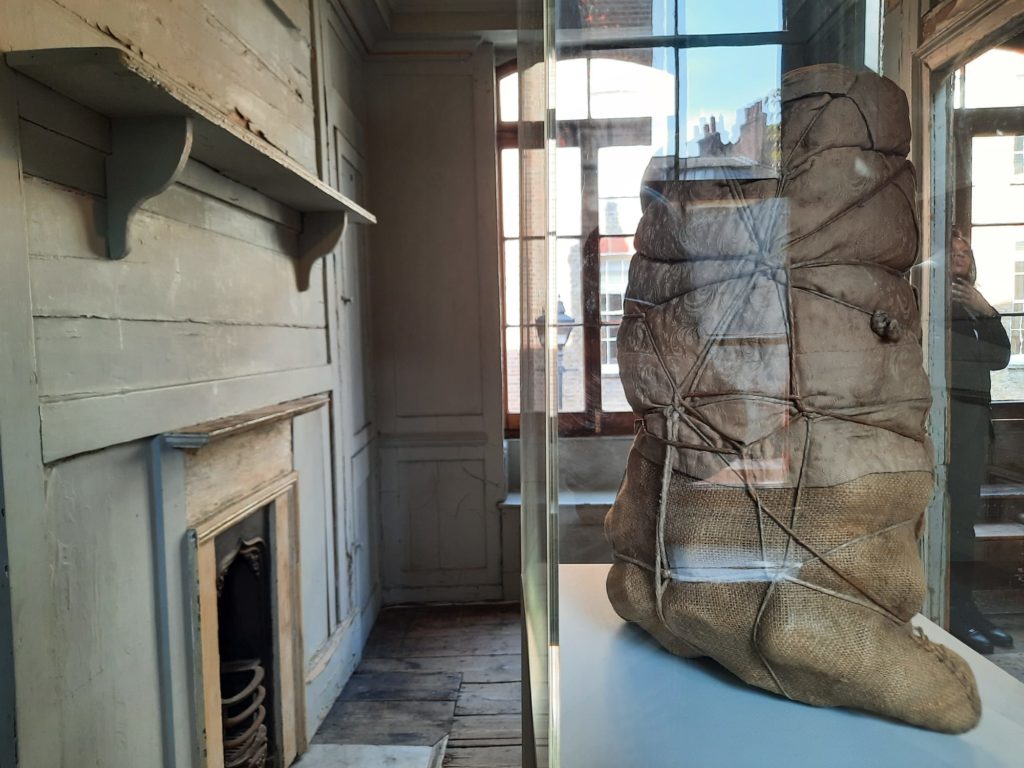
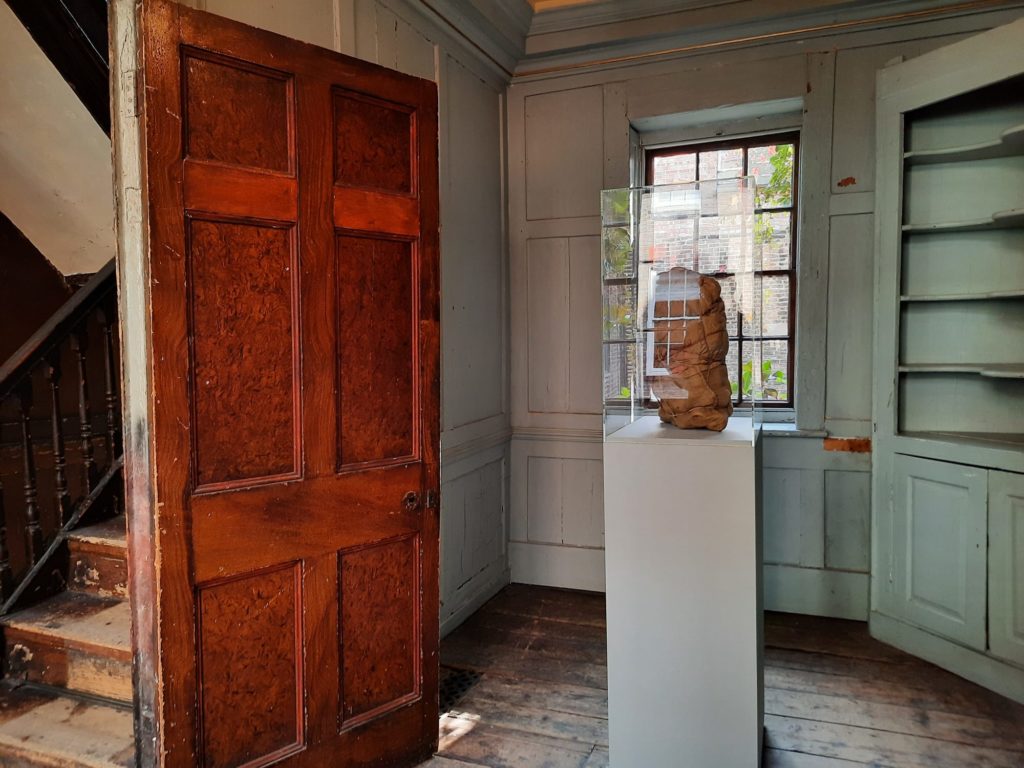
But What’s It Got To Do With Christo?
A good question indeed. Perhaps a little biography will help to set the scene. Christo Vladimirov Javacheff was born in Gabrovo, Bulgaria, in 1935. He attended the Fine Arts Academy in Sofia, and was working in Prague when the Hungarian Revolution broke out in 1956. The young Christo took the opportunity to flee, first to Vienna, then Switzerland, then Paris. It was in Paris that he met Jeanne-Claude de Guillebon, whom he married in 1959. The pair later moved to New York. It took time for Christo & Jeanne-Claude to gain equal billing, but they were latterly recognised as an artistic duo, famous for monumental works transforming recognisable landmarks through the use of everyday materials. After Jeanne-Claude’s death in 2009, Christo continued with some of their planned projects. After his own death in 2020 one final posthumous work, L’Arc de Triomphe, Wrapped, was realised in 2021 in Paris.
What Christo and Spitalfields have in common, then, is the centrality of migration to their stories. At the time 4 Princelet Street and other Georgian houses were built, the area was home to Huguenot silk weavers, one of the UK’s first refugee populations. As time went on other fabric workers replaced the Huguenots: first Jewish and then Bangladeshi. Each population has left its mark, but mostly this is an area of London where all these stories co-exist. So it was with Christo, who once remarked “I was l’étranger, the foreigner, I was a refugee, I was stateless.” This gathering of stories, experiences and influences makes this place feel very fitting for Christo’s early works.
There’s also an element of transformation at play here. The early works selected here share with the later monumental works the act of wrapping or concealing in order to draw attention to an object otherwise easily overlooked. We look much harder at a wrapped tin, painting or shoes, trying to discern the object beneath. Likewise 4 Princelet Street feels like a place of secrets, where you’re trying to peer behind doors or into cupboards to understand how it has changed over time and what it tells us about the people who lived here.
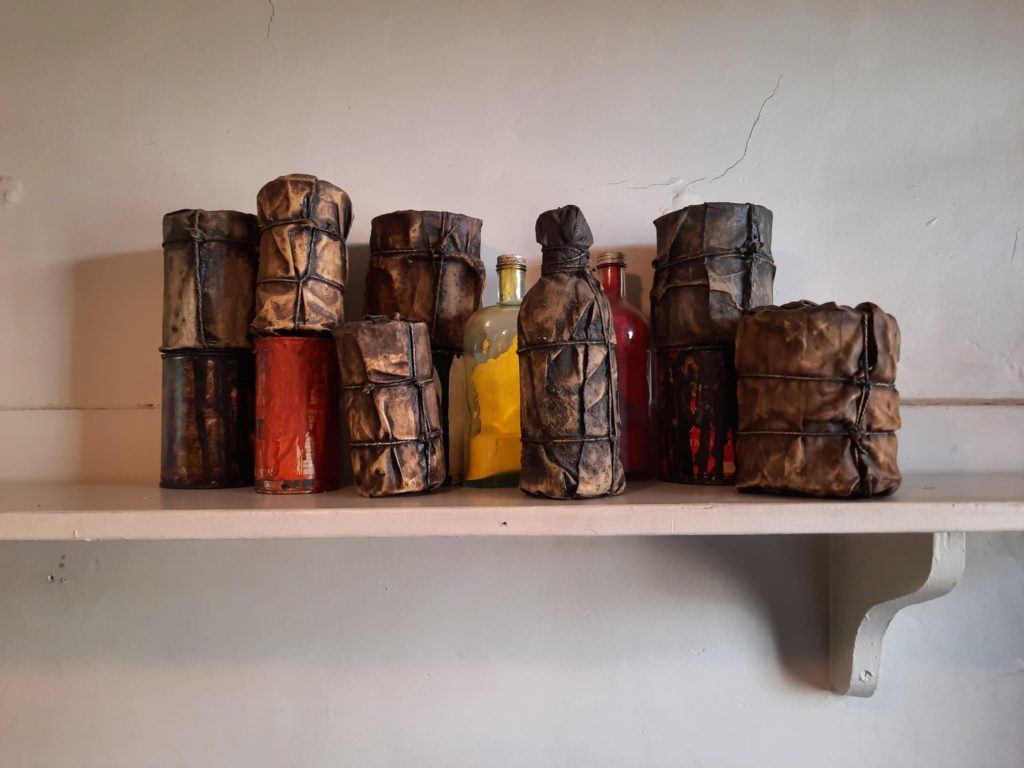
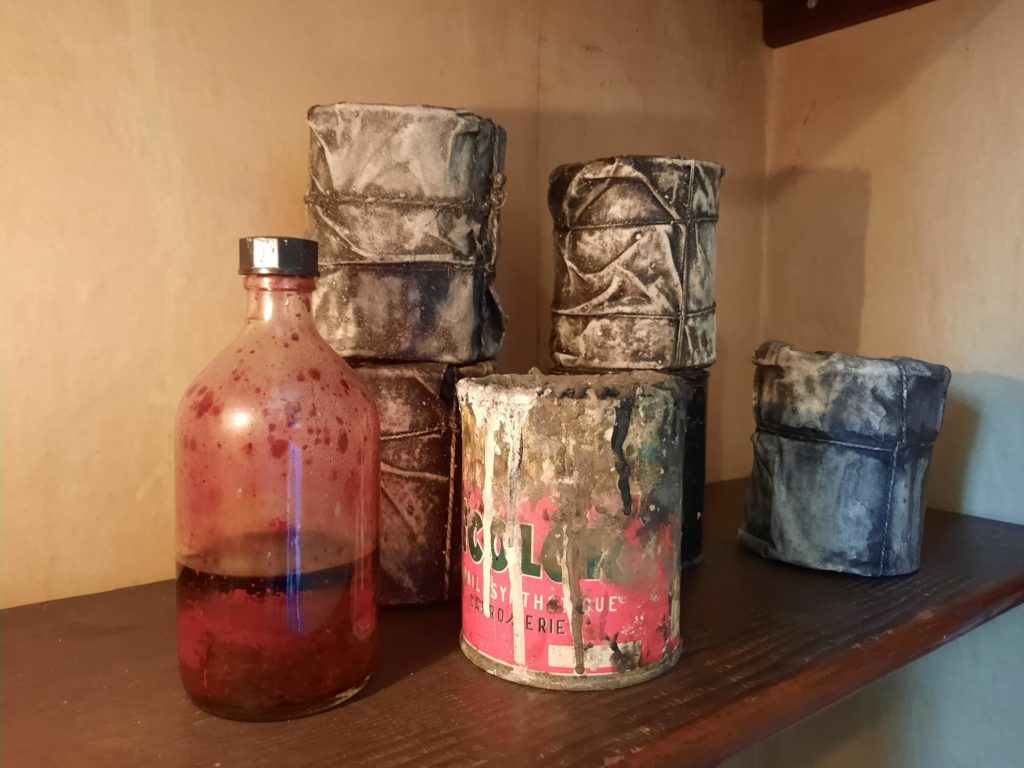
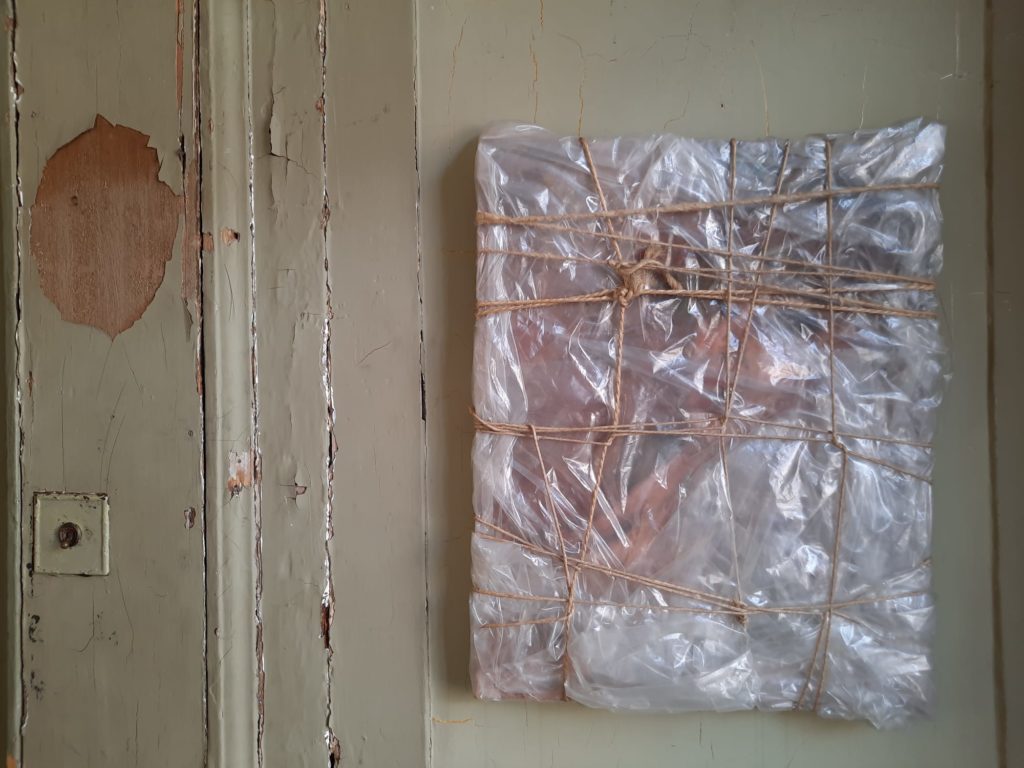
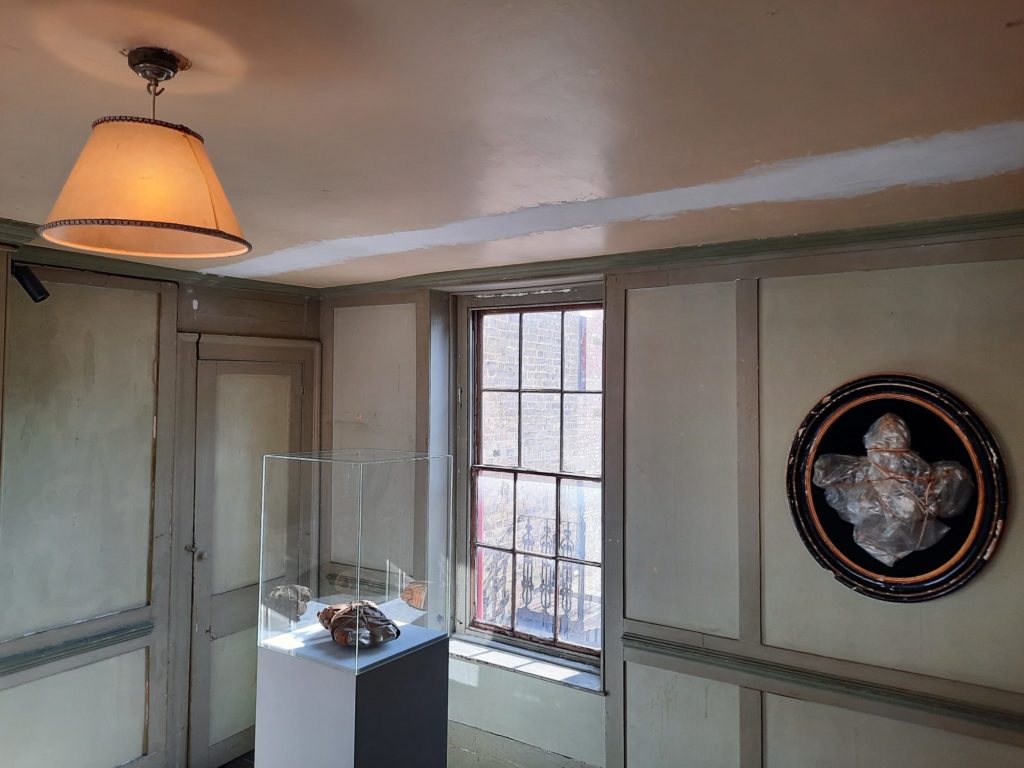
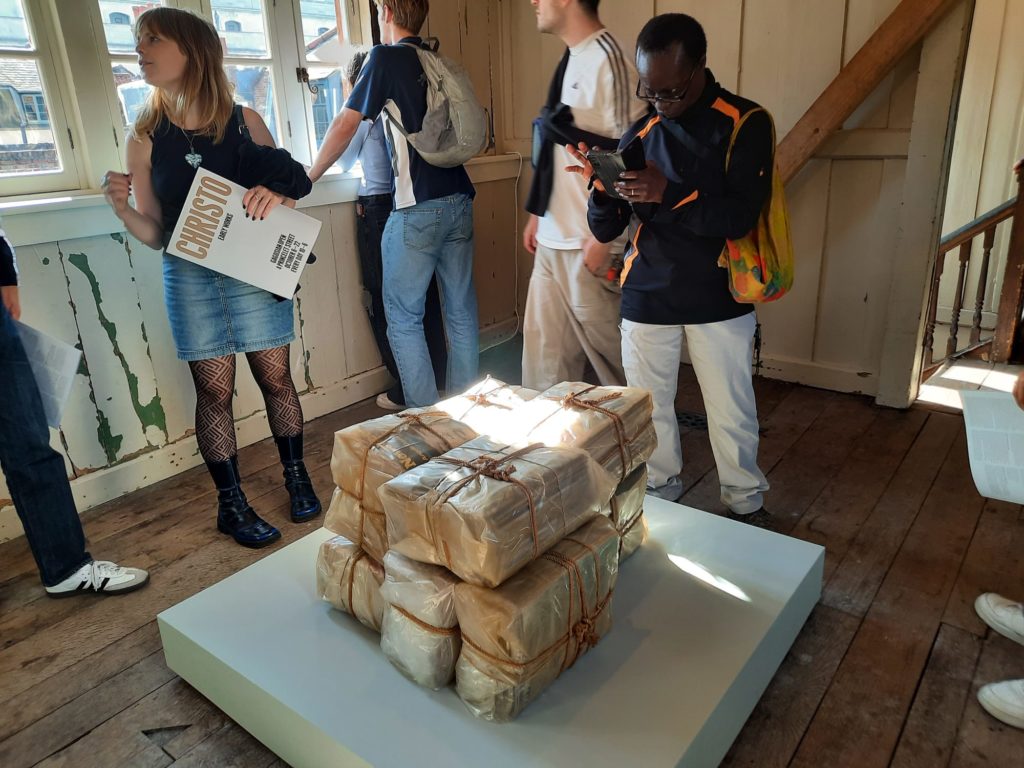

What About The Art, Then?
I was familiar enough with Christo’s work previously, or rather Christo and Jeanne-Claude’s. But I’d never seen a dedicated exhibition before. I very much liked seeing this concentration of early works from the late 1950s to early 1970s: seeing ideas and experiments develop. Elena Geuna, curating, has a remarkable eye for placement. Wrapped Jerry Can (1961) sits on a shelf against a white-painted brick wall (in the first set of images at the top of the post). It looks like it was made for this space, the lines of the wrapping mirroring the ramshackle bricks. It’s wonderful.
Information inside the exhibition is minimal. You get a large handout (with a great fold out image of 4 Princelet Street inside) which lists the works and gives some contextual and biographical information. Then it’s up to you to match the works to their images. But there’s nothing specific to each artwork. So it’s also up to you to understand how the works progress and relate to each other.
Which brings me to a final point. This is very much an exhibition for art insiders (although the unique location has had good coverage so I imagine it will attract a fair number of curious people too). We happened to visit on the first day, when it was fairly quiet. There was absolutely no signage, so you have to knock, and cross the threshold once the door swings open. If you feel you’re an intruder in art spaces, that comes with a definite psychological barrier. Aimed more at the Frieze Week crowd than art ingenues. But nonetheless free, with friendly staff once you’re inside, and the opportunity for some great photos and a poke around a historic building. Highly recommended.
Salterton Arts Review’s rating: 4/5
Christo: Early Works on until 22 October 2023
Trending
If you see this after your page is loaded completely, leafletJS files are missing.

